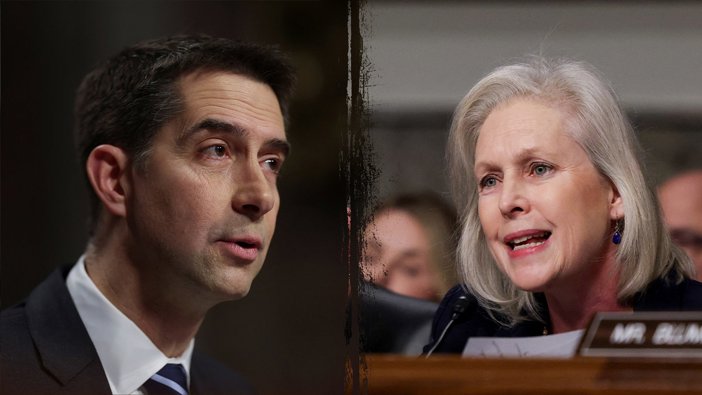
Bill Lets Military Defend Bases From Drones
New legislation would empower all U.S. military bases to defend against unauthorized drone incursions.
COUNTER Act Targets Drone Threats to U.S. Bases
A bipartisan bill introduced in Congress aims to authorize U.S. military bases to shoot down unauthorized drones over American soil, addressing long-standing vulnerabilities in national defense. The legislation, named the COUNTER Act, follows troubling incursions like those seen at Langley Air Force Base in late 2023, where military officials lacked clear authority to neutralize aerial threats within their own airspace.
The bill enjoys wide support from both chambers of Congress. It is led by Senators Tom Cotton (R-Ark.) and Kirsten Gillibrand (D-N.Y.) in the Senate, with companion legislation in the House introduced by Representatives August Pfluger (R-Texas) and Chrissy Houlahan (D-Pa.).
Currently, only about half of the 360 military installations within the United States qualify as "covered facilities," meaning they are legally permitted to engage hostile or unknown drones. The new measure would expand eligibility, allowing any base with a defined perimeter to apply for authorization to shoot down drones deemed a threat to national security or public safety.
“Leaving American military facilities vulnerable to drone incursions puts our service members, the general public and our national security at risk,” said Senator Cotton. Senator Gillibrand added that the growing availability of commercial drones increases the likelihood that adversaries could exploit them to gather intelligence or stage attacks on critical infrastructure.
Langley Drone Incident Exposes Legal Gaps
The urgency for reform became apparent after dozens of unidentified drones penetrated restricted airspace over Langley Air Force Base for over two weeks in December 2023. Langley houses high-value assets, including classified systems and F-22 Raptor stealth fighters. Despite the clear security threat, military personnel were unable to take action against the drones due to a lack of legal authority.
The Pentagon has provided few public details about the incidents. It remains unclear who was behind the incursions or what the drones were doing, though their ability to hover near sensitive areas without response drew bipartisan concern. When congressional inquiries were made, officials from Langley reportedly redirected lawmakers to the FBI, Northern Command (NORTHCOM), and local law enforcement—none of whom had definitive oversight.
General Gregory Guillot, head of both NORTHCOM and NORAD, reported in a Senate Armed Services Committee hearing that there were over 350 unauthorized drone detections at more than 100 U.S. military installations in 2023 alone. He warned that current legal limitations hinder timely response to drone threats and allow potential surveillance activities to proceed unchecked.
“The primary threat I see is detection and perhaps surveillance of sensitive capabilities,” Guillot testified. He further advocated for expanding Title 10, Section 130i, which governs protection from unmanned aircraft, to apply to all military installations—not just those already designated as covered facilities.
Guillot also emphasized the importance of allowing preemptive measures beyond the base perimeter, noting that many modern drones can conduct side-angle surveillance without entering the restricted zone. Under current law, bases must wait until a threat physically crosses into their airspace before they can respond.
If passed, the COUNTER Act would streamline decision-making by delegating engagement authority directly to combatant commanders, reducing delays that could prove critical during an aerial threat. Lawmakers and defense leaders alike hope this legislation will close a dangerous loophole before it is exploited further.






